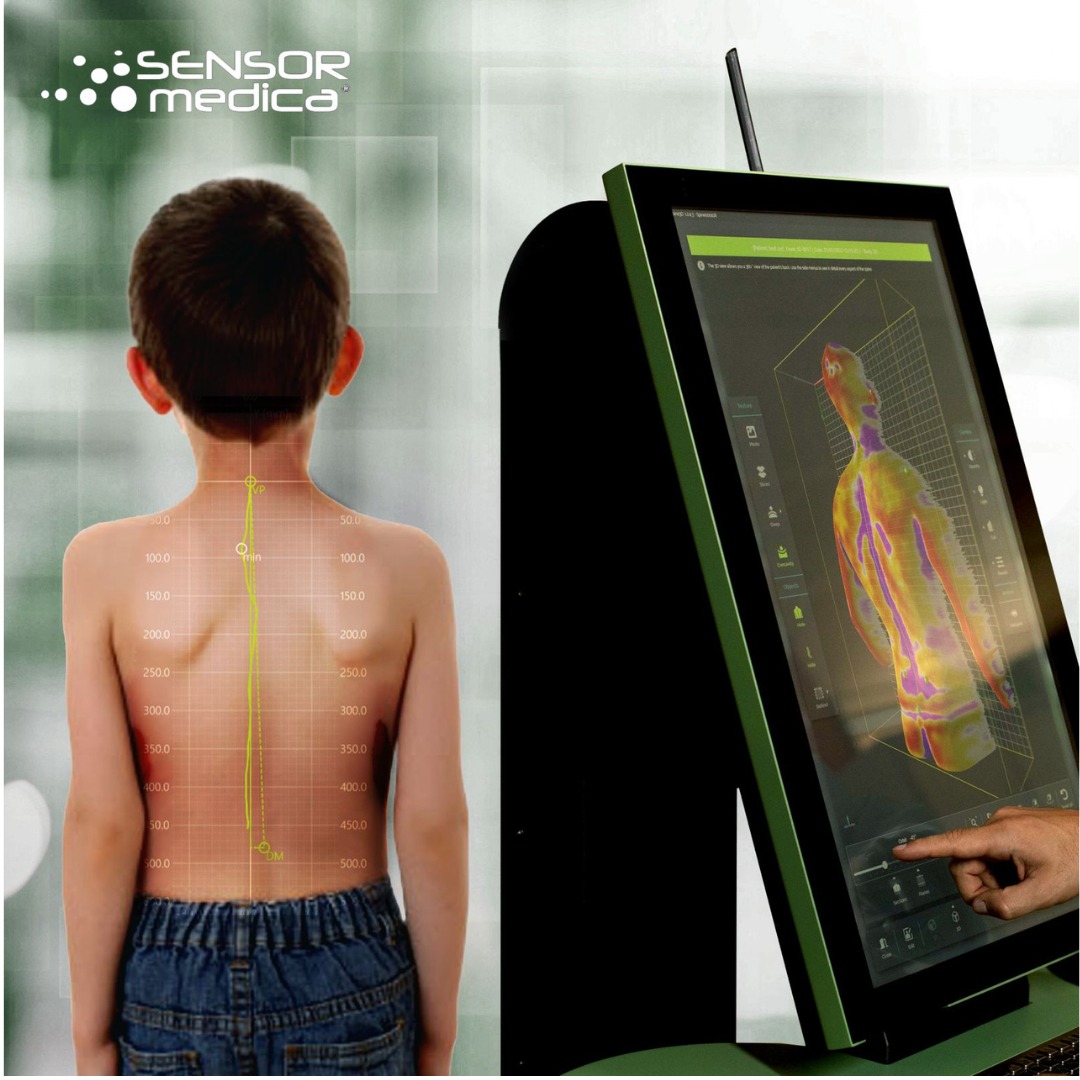
What is cervical pain?
- admin
- October 28, 2022
- Neck, Posture
- Back pain, Carotid, Cervical, Digestive System, Muscles, Neck, Nervous system, Posture
- 0 Comments
To understand how to take care of ourselves, we must also learn to know our bodies, to name the pains. So many people suffer from neck pain, but… do we know exactly what cervical pain means? What are the causes of this pain. Today we will try to understand what we are talking about, but over the next few days we will go even deeper and talk not only about the symptoms, but we will also see if and how it is possible to prevent this discomfort.
Let’s find out what cervical pain is?
The number of people who suffer from cervical pain – more banally neck pain – is very high. The main cause of these problems is very often incorrect posture (posture, we have talked about it) that we hold at various times of the day, especially during working hours, but also when we are sleeping or driving our cars. They can, of course, also depend on small accidents that we have suffered and that have altered the very delicate balance (we have already seen this when we talked about the cervical spine) of the structure of our column.
In our neck (a decidedly narrow and limited space), there are numerous organs and structures, clearly very closely spaced, including fundamental blood vessels and elements of the nervous system. We speak of the carotid artery, the jugular vein, the vagus nerve, muscles, the first tract of the respiratory and digestive systems. Also in this section is the thyroid gland.
Cervical pain – so, let’s simplify: localised pain in the neck – should not be underestimated and when one is afflicted by it, it is advisable – our advice is always the same – to seek medical advice to rule out the presence of more serious pathologies. As we have already said, the neck is a very delicate part of our body and even a small sign should not be underestimated.
What causes cervical pain?

Cervical pain develops and intensifies due to excessive and incorrect mechanical stress on the vertebrae, intervertebral discs, ligaments and muscles. The reasons for stress can be different, as well as the modalities. We can suffer sudden, abrupt stress, as when, to give an example, what we call whiplash occurs in an accident, or it can be generated by prolonged joint overloads, caused, for example, by an incorrect posture – we have often spoken about this – especially maintained for a long time at work.
Another cause can be degenerative processes: degeneration of the intervertebral discs or arthrosis of the vertebrae. Causes that, in most cases, are concomitant. Herniated discs can also generate neck pain, and here we are faced with a decidedly more acute pain, with possible compression of the nerve roots. Less frequent is the case of cervical pain due to infectious, vascular, tumour, neurological or rheumatological problems. However, a physician can easily recognise these problems as neck pain is not the main symptom, but one among several others.







